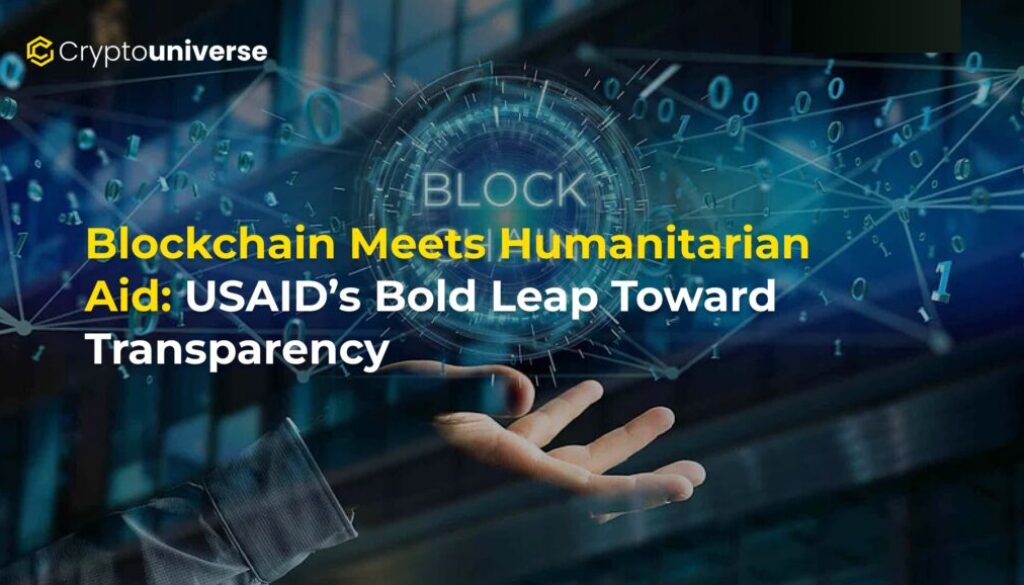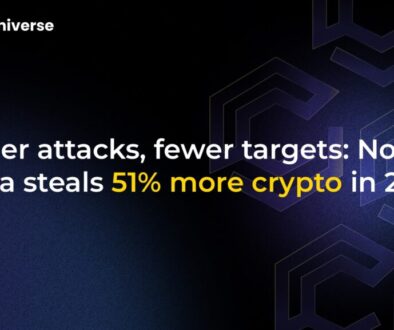How Blockchain is Revolutionizing Government Aid: USAID’s Transparency Breakthrough

In an era where trust in institutions is wavering and bureaucracy often overshadows impact, the U.S. government is betting on an unlikely hero to transform foreign aid distribution: blockchain technology. With agencies like USAID spearheading initiatives to integrate decentralized ledgers into aid workflows, the future of humanitarian assistance is becoming faster, fairer, and fraud-resistant. Let’s dive into how blockchain could redefine global aid—and why this tech breakthrough deserves your attention.
The Crisis in Foreign Aid: A System Begging for Disruption
Every year, billions of dollars in foreign aid are funneled through governments and NGOs to support disaster relief, healthcare, and economic development. Yet, inefficiencies plague the system:
- Lack of transparency: Funds vanish into opaque accounting systems.
- Delays: Red tape slows critical aid during emergencies.
- Fraud: Corrupt intermediaries siphon off resources.
A 2021 report by the OECD estimated that up to 30% of development aid fails to reach its intended recipients. Enter blockchain—a technology best known for powering cryptocurrencies like Bitcoin—but now poised to tackle one of humanity’s oldest challenges: equitable resource distribution.
Blockchain 101: The Trust Machine
At its core, blockchain is a decentralized digital ledger that records transactions transparently and immutably. Here’s why it’s a game-changer for aid:
- Real-Time Tracking: Donors and recipients can monitor fund flows at every step.
- Smart Contracts: Automate payments when pre-set conditions (e.g., delivery of supplies) are met.
- Reduced Costs: Cutting out middlemen lowers administrative overhead.
For a deeper dive into how blockchain works, check out Crypto Universe Blog’s beginner-friendly guide.
USAID’s Blockchain Pilot: From Theory to Reality
The U.S. Agency for International Development (USAID) has quietly launched blockchain pilots to address aid inefficiencies. One standout example is their collaboration with startups in Syria, where blockchain tracked the delivery of medical supplies to conflict zones. Every shipment was logged on-chain, ensuring donors could verify delivery while protecting beneficiary privacy.
Key initiatives include:
- Supply Chain Traceability: Using IoT sensors and blockchain to monitor food and medicine shipments.
- Digital Identity Systems: Giving refugees secure IDs to access aid without paperwork.
- Direct Cash Transfers: Cryptocurrency wallets for instant, fee-free aid disbursement.
Critics argue blockchain isn’t a silver bullet—citing energy consumption and scalability concerns—but early results are promising. In a 2022 pilot, USAID reduced aid delivery times by 40% while boosting accountability.
Why Blockchain Could Save Lives (and Tax Dollars)
- Ending Corruption: Immutable records make it harder for funds to be misappropriated.
- Speed: Disaster victims receive help in hours, not weeks.
- Empowerment: Recipients gain control via digital wallets and IDs.
Imagine a hurricane strikes Haiti. Instead of waiting for banks to open or NGOs to set up distribution centers, survivors receive stablecoin payments instantly to their phones, redeemable at local vendors tracked via blockchain. This isn’t sci-fi—it’s happening now.
Challenges Ahead: Not All Roses and Rainbows
Blockchain integration faces hurdles:
- Tech Literacy: Aid workers and recipients need training.
- Regulation: Governments must craft policies for crypto-based aid.
- Energy Costs: Proof-of-work blockchains (like Bitcoin) are energy-intensive, though alternatives like Ethereum 2.0 offer greener solutions.
For a balanced take on blockchain’s environmental impact, explore Crypto Universe Blog’s analysis.
The Future: A Global Aid System Powered by Crypto?
The U.S. isn’t alone. The World Food Programme’s Building Blocks initiative has served over 1 million refugees with blockchain-based aid. As USAID scales its experiments, expect three seismic shifts:
- Donor Confidence: Transparent systems could boost public support for aid budgets.
- Public-Private Partnerships: Tech firms like IBM and ConsenSys are already collaborating with governments.
- Cryptocurrency Adoption: Stablecoins like USDC could become the default for cross-border aid.
Join the Conversation at Crypto Universe Blog
Blockchain’s potential to reshape governance is just beginning. From DeFi’s role in economic inclusion to CBDCs revolutionizing central banks, the crypto revolution is here—and it’s humanitarian.
What do you think? Can blockchain fix foreign aid, or is it hype? Share your thoughts below, and don’t forget to subscribe to Crypto Universe Blog for cutting-edge insights on blockchain’s role in society.


